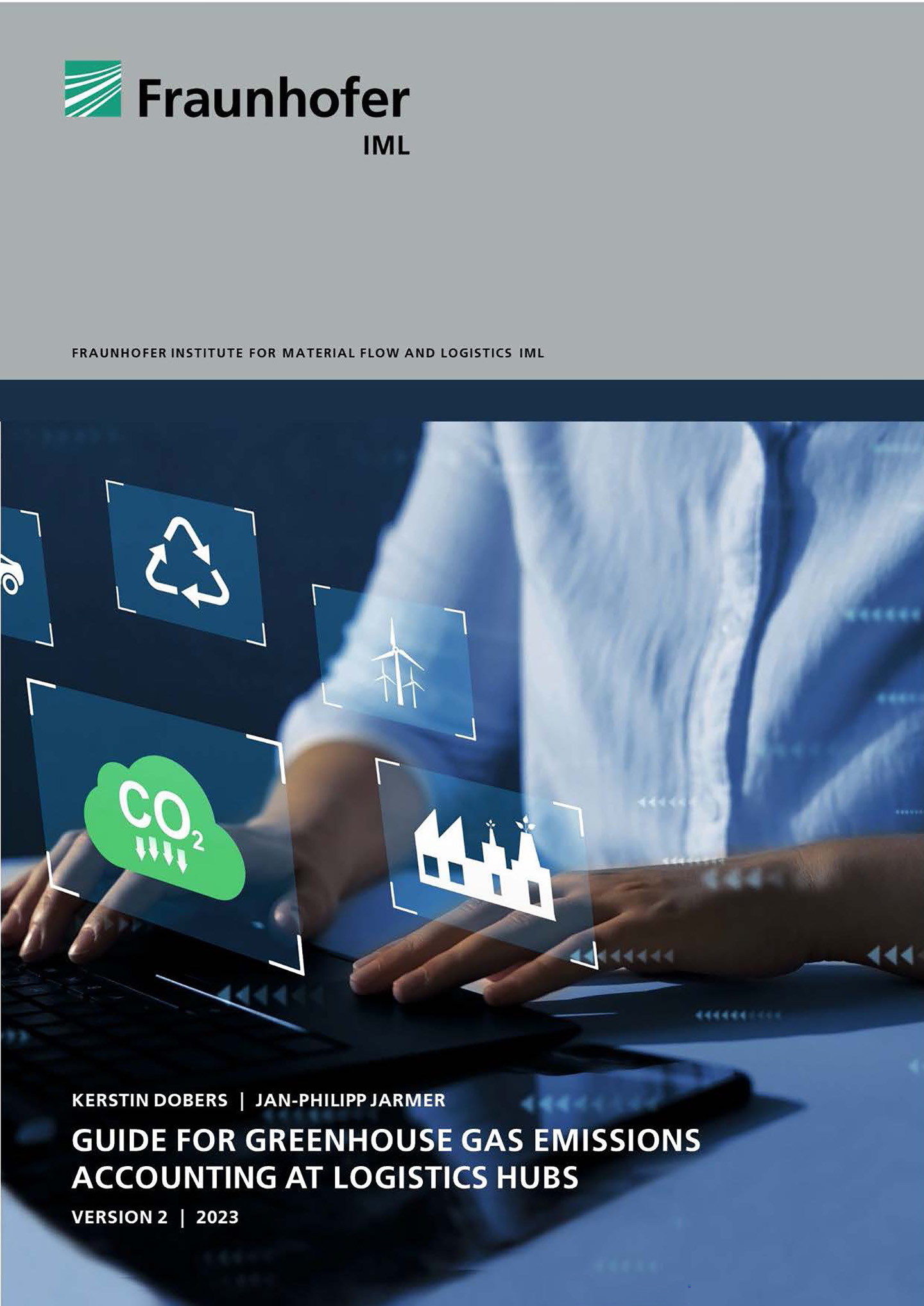Carbon footprinting is regarded as one means of enhancing transparency on where greenhouse gas emissions are produced within a transport chain and, thus, limiting the emissions and improving the efficiency of transport and transhipment, on both the demand and supply sides of the market. In order to meet global GHG reduction targets and to realize sustainable transport chains, standardization of emissions calculation is progressing swiftly. Logistics sites have a connecting role within transport chains and play their part in contributing to overall logistics emissions.
In this field we work closely with international initiatives and organisations to further foster the development of global aligned approaches, e.g. German R&D project Green Logistics, LEARN project co-funded by the EU, the Global Logistics Emissions Council GLEC, EcoTransIT World, Sustainable Performance Monitor and others.
 Fraunhofer Institute for Material Flow and Logistics IML
Fraunhofer Institute for Material Flow and Logistics IML



